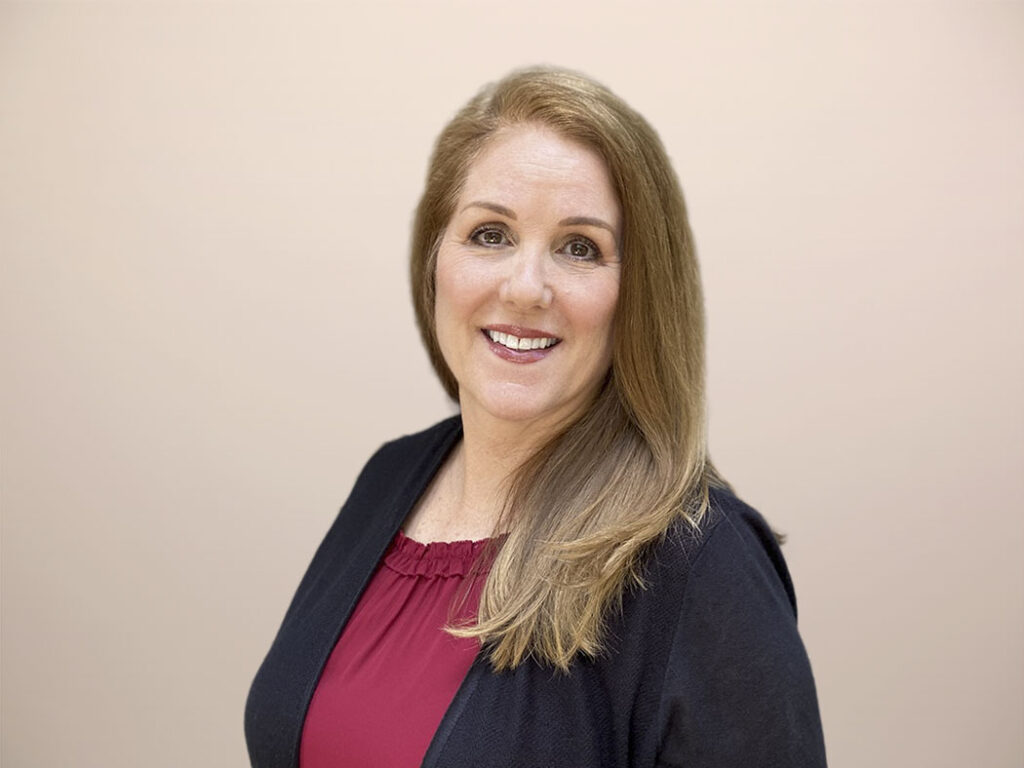Shout It From the Rooftops! Six Ways to Show Customers You’re Using Their Feedback
- As customer experience practitioners, we use feedback to improve our offerings, solutions, structures and teams
- Make sure that customers know how and where their feedback will be used within the organization
- Begin every feedback session by talking about what has been done with feedback from the last session
Customer experience teams spend time, energy and budget designing rock-solid methodologies and programs to ensure that customer feedback is gathered in a regular, reliable way. Surveys, communities, panels, user groups, advisory boards, social media and more are used to gather customer input about products, processes and people. As customer experience practitioners, we use that feedback to improve our offerings, solutions, structures and teams. It’s a virtuous circle of input and action, and it’s what we are paid to do and be passionate about.
 Although all that heavy lifting is commendable, how are our customers supposed to know that their feedback led to action? Here are some ideas for ensuring that customers will continue to be interested in providing input and feedback:
Although all that heavy lifting is commendable, how are our customers supposed to know that their feedback led to action? Here are some ideas for ensuring that customers will continue to be interested in providing input and feedback:
- In every survey invitation, cite what you have learned from previous surveys and what you are doing to fix what’s broken and leverage what’s working. A “You spoke, we listened” theme encourages potential respondents to fill out the survey, even if they’ve done one (or many) before.
- Use your company’s main Web site to highlight success stories about customer feedback that’s been acted on. These don’t have to be limited to customer-facing departments or personnel; sometimes the most compelling stories are those about initiatives happening deep in the organization. If you focus on something that ultimately makes it easier for customers to do business with your organization, it’ll probably please most of your customers.
- Leverage your executive team. Create a rotating round of short videos from company leaders about the ways customer feedback is being used within their organizations or cross-functionally. No need for slides or great length here – a two-minute sincere chat (solo or interview style) is all that’s needed.
- Establish a place for customers to provide kudos to individuals or groups within the company. Not all customer feedback has to be negative or critical. Take the praise you get from customers and leverage it. Discretionary reward programs also come into play here, so if you can get a little budget to recognize problem-solving efforts, this is a great place to use it.
- Begin every feedback session that you host by talking about what has been done with feedback from the last session. This is especially critical for user groups and advisory boards. This is also a great time to recognize regular contributors or participants and to encourage others to step up their levels of participation.
- Refresh and renew. Having the same old story repeated over and over on a Web site, survey invitation or community landing page can work against you. Resist the temptation to rest on your laurels. Take the time to regularly research and document what people are doing with customer feedback and input. Once you have a regular cadence going, with recognition and rewards in place, the momentum will be much easier to maintain.
What have you done to ensure that customers know what you’re doing with their input and feedback? Have you seen or experienced creative ways to show customers the impact they are having on the business?
